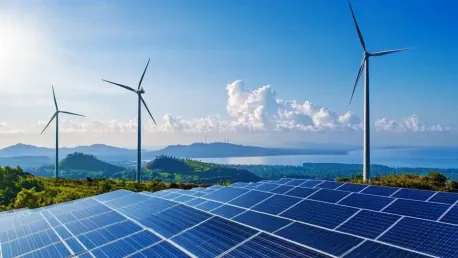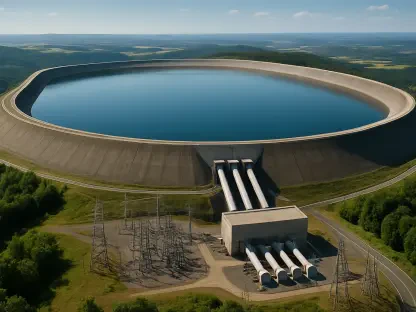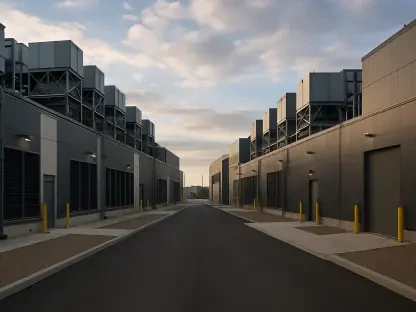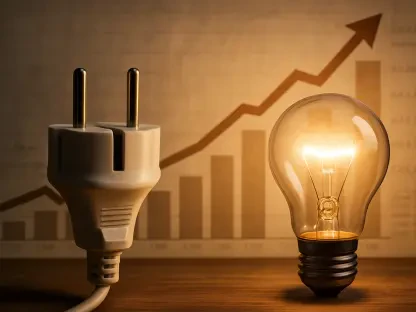The Inflation Reduction Act (IRA) is projected to create substantial economic and environmental benefits, as outlined in a recent report produced by ICF and commissioned by the American Clean Power Association (ACP). The report indicates that from 2025 to 2035, the IRA will generate over $2.7 trillion in net benefits while only costing $656 billion. This significant return on investment is primarily driven by $740 billion in tax credits from the IRA, which is anticipated to stimulate $2 trillion in private capital expenditures across various sectors, including power, buildings, and transportation. The IRA’s focus on economic growth and environmental sustainability is expected to lead to a transformed landscape for renewable energy resources, oil, gas, hydrogen, nuclear energy, and battery storage systems.
Impacts on Renewable Energy and Job Creation
The passage of the IRA has already resulted in a considerable increase in the domestic manufacturing of clean energy systems since its enactment in August 2022. According to the report, the expenditure linked to the IRA might amass $3.8 trillion, creating an average of 1.2 million jobs annually over the next decade. These new job opportunities, paired with energy cost savings, are estimated to boost Americans’ disposable income by $846 billion throughout the ten-year period. Furthermore, these activities are projected to contribute almost $1.9 trillion to the U.S. GDP and result in the elimination of 4.1 billion tons of CO2, equating to over $1 trillion in emission benefits.
Moreover, by 2032, it is predicted that the IRA will add 1.5 million jobs, fostering high-quality positions within the clean energy sector and driving overall economic growth in related industries such as construction, manufacturing, and services. The IRA has garnered strong support from major stakeholders, including the U.S. Chamber of Commerce, Edison Electric Institute, National Electrical Manufacturers Association, National Hydropower Association, and Nuclear Energy Institute. Clean energy investments surged to $493 billion from August 2022 to August 2024, marking a 71% increase compared to the two years prior to the IRA’s passage.
Economic Growth in Adjacent Industries
The IRA is expected to spur job growth, particularly in manufacturing sectors like batteries and solar energy. Construction will also see significant benefits as it gets involved in building and expanding clean energy facilities. Additionally, job increases are predicted in related industries such as finance, insurance, real estate, utilities, state and local government, and transportation, thanks to the inter-industry connections promoted by the IRA’s initiatives.
This extensive job creation and economic expansion emphasize the IRA’s role in progressing the clean energy transition. By offering necessary tax credits and incentives, the IRA attracts private investment and fosters collaboration between public and private sectors. This not only results in reduced CO2 emissions but also supports sustainable economic development. The report suggests that the IRA will play a vital role in shaping a resilient and eco-friendly American economy in the coming decades.
In short, the Inflation Reduction Act is poised to deliver significant economic and environmental gains through job creation and GDP growth. It will substantially advance the shift to clean energy and cut CO2 emissions. The collaboration and substantial investments facilitated by the IRA promise lasting benefits, driving economic prosperity and environmental sustainability for many years to come.









